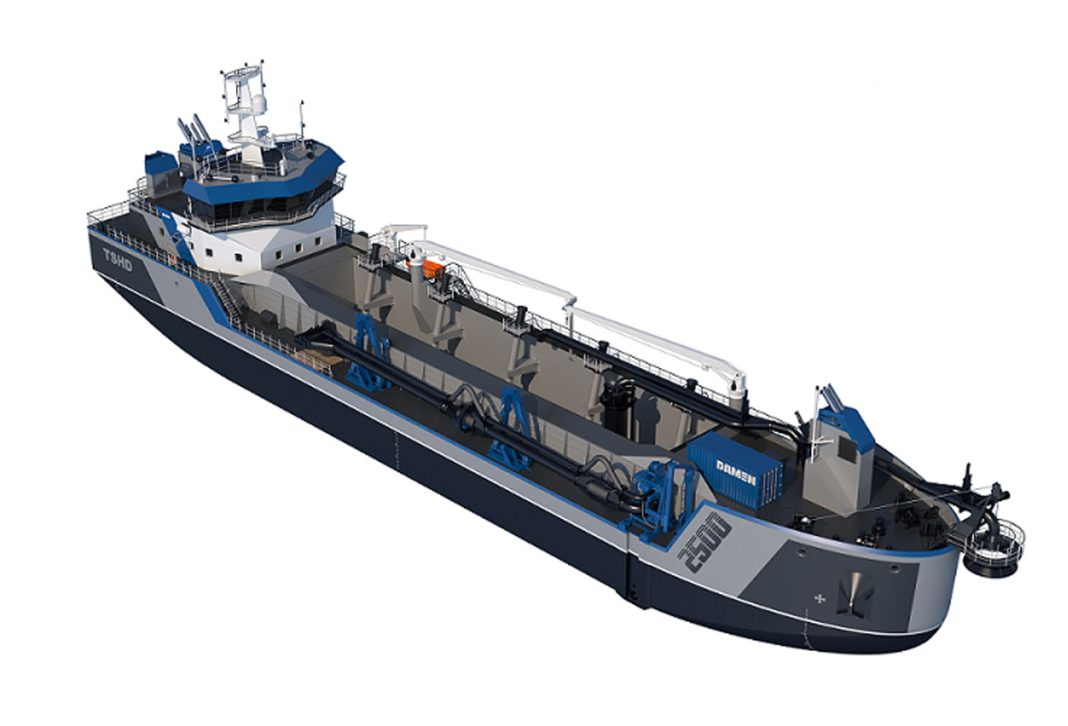Classification society Bureau Veritas has successfully reviewed a 3D design of a 2,500m³ hopper dredger from Damen Shipyards, being a step to granting it approval in principle.
The pilot project for 3D model-based class approval is meant to pave the way towards using three dimensional computer designs as standard procedure to achieve class notation for seagoing vessels.
Vessel steel hull Design evaluation based on 3D models in parallel to its classification review process has become possible thanks to the new data exchange format – OCX. The OCX is an open standard that facilitates data exchange of 3D ship models for class approval.
This Open Class 3D Exchange standard has been developed by a consortium of software companies including NAPA and Aveva, together with classification societies including DNV, Bureau Veritas and Lloyds Register.
In close collaboration with Finnish software developer NAPA and Bureau Veritas, Damen has presented the three dimensional design of their TSHD 2500 (Trailing Suction Hopper Dredger with 2500 m³ hopper capacity).
All the mission equipment as specified for a client had been integrated into this design. Bureau Veritas assessed the steel hull structure to be strong enough and safe to SOLAS standards, with all of the heavy equipment operational.
The OCX format has been available since 2022. First pilot projects for partial designs were finished in November last year.
The project for the Damen Dredger with NAPA and Bureau Veritas is the first complete steel hull to achieve class approval by 3D design. Damen intends to apply this approval process with more vessels, also in co-operation with class society DNV and others.



